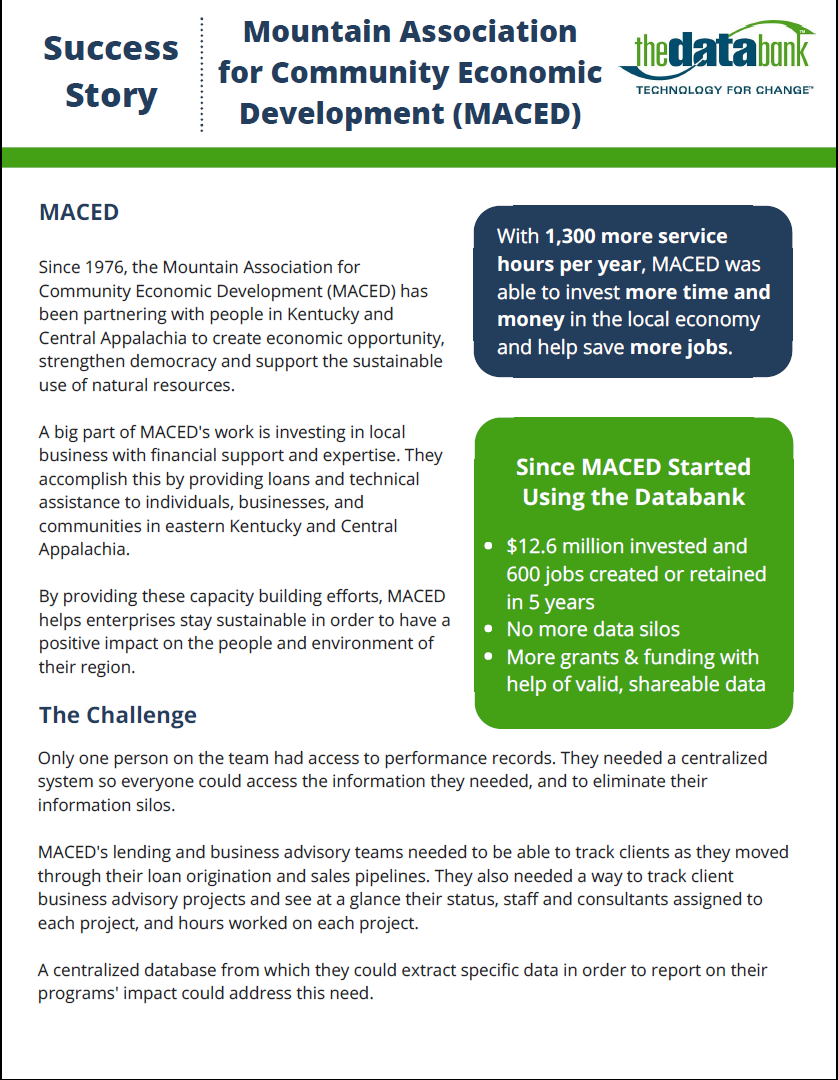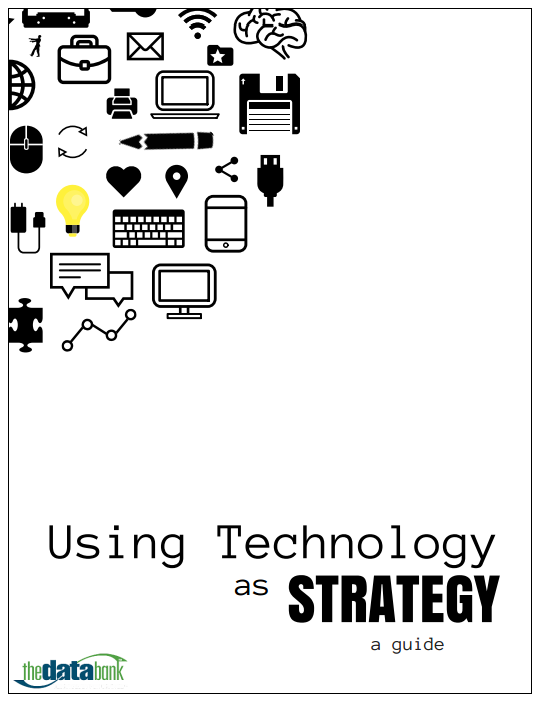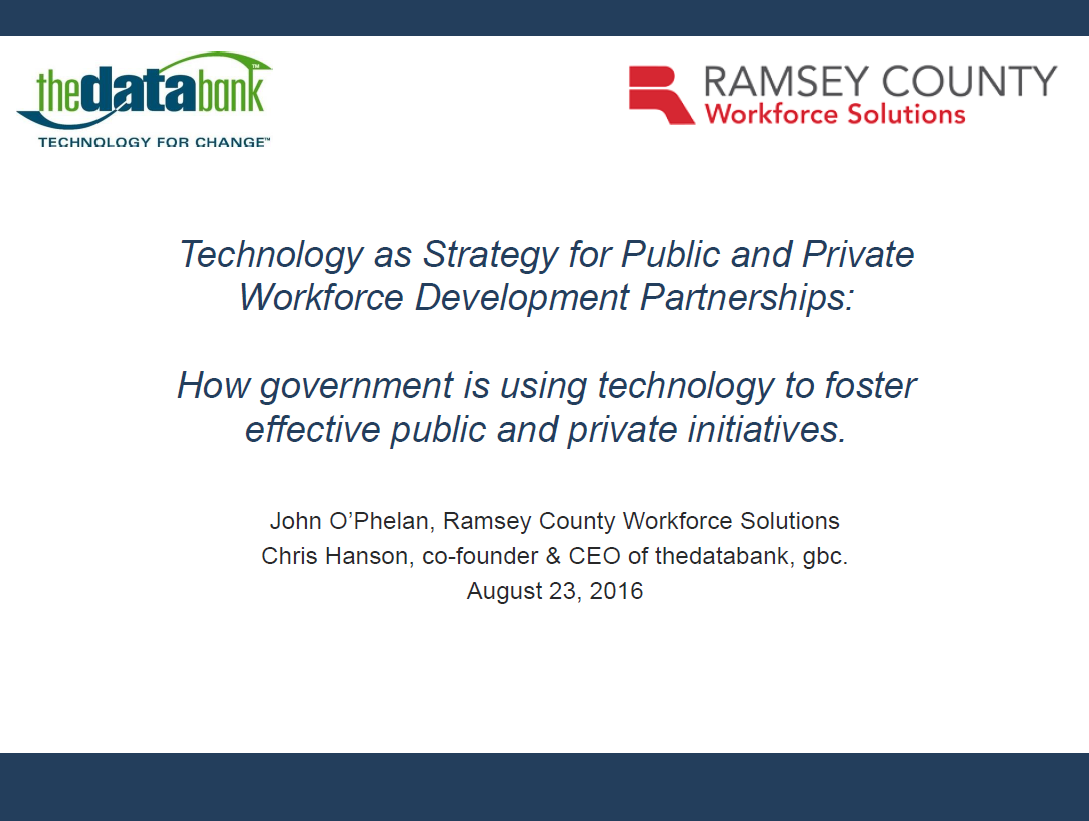You wouldn’t buy a new car without knowing what you can afford, right? So why would you purchase a new Constituent Relationship Management (CRM) database system without doing the same?
Maybe you are so frustrated with your current system that you are eager to see what all is out there. Perhaps you have been tasked by your boss to do the research, but haven’t been included in the budgeting discussions. Or likely you know your current system isn’t getting the job done, but need to convince your Board of Directors a new CRM is worth the investment.
Don’t worry. You’re not alone. Whatever the reason may be, you don’t need to go into it blind. Here are a few tips to help you prepare a cost analysis before you begin your software search.
Locate your data
You’ll want to start by taking an inventory of all your current systems and data. Be sure to include any and all data that will be transferred into the new database. If you’re looking to integrate different platforms, such as a bulk emailing tool, you’ll need to include that data, too. Write down the software or system and what information it is used to track. Some places to start locating your data sources:
- email lists
- Excel/Access files
- current database/CRM records
- data collected from your website (donation forms, sign-up forms, etc.)
Don’t forget to ask around the office – you’ll be surprised how many staff are keeping their own lists on hidden spreadsheets.
Calculate Costs
Let’s consider the car scenario. When determining how much you spend on your current car, you wouldn’t just think about the monthly payment. You also have costs for insurance, gas, maintenance, etc. The same goes for your CRM. You may pay a monthly or annual fee for the software, but also consider any costs for the following:
- maintenance or hosting fees
- training and support
- wasted staff time from using an inefficient database and having to cross reference multiple lists. (Multiply wasted staff time by their wage to put a dollar amount on this figure)
Remember, even software that is “free” likely has some associated costs to manage.
You can use this simple Data Inventory Worksheet to help you organize this information in one place. And there’s a bonus! By taking an inventory of all of your data, you’ll also be one step ahead in preparation for completing the data analysis portion of your software search.
Don’t get Overwhelmed
You might be shocked to find out how much you are actually spending on your current system. Furthermore, senior leadership or board members might have a predetermined idea of what your organization can afford. It is important to remember that you will be replacing your current system(s). So the price of a new database is not in addition to your current costs, but rather replacing what you’re currently spending and, ideally, increasing your efficiency as well. Purchasing a new CRM is an investment in your organization, and it will be up to you to help decision makers understand the return on investment.
Once you have completed the data inventory and cost analysis, you’re ready to hit the road with the rest of your software search. Use the information you have gathered to prepare a case for support of why your organization is in need of a new CRM database, and how much you can really afford. You may even find that you are able to save your organization some money after considering all your costs.






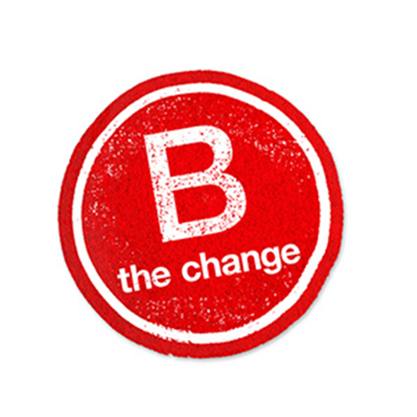


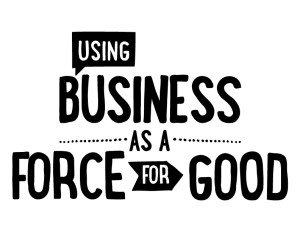

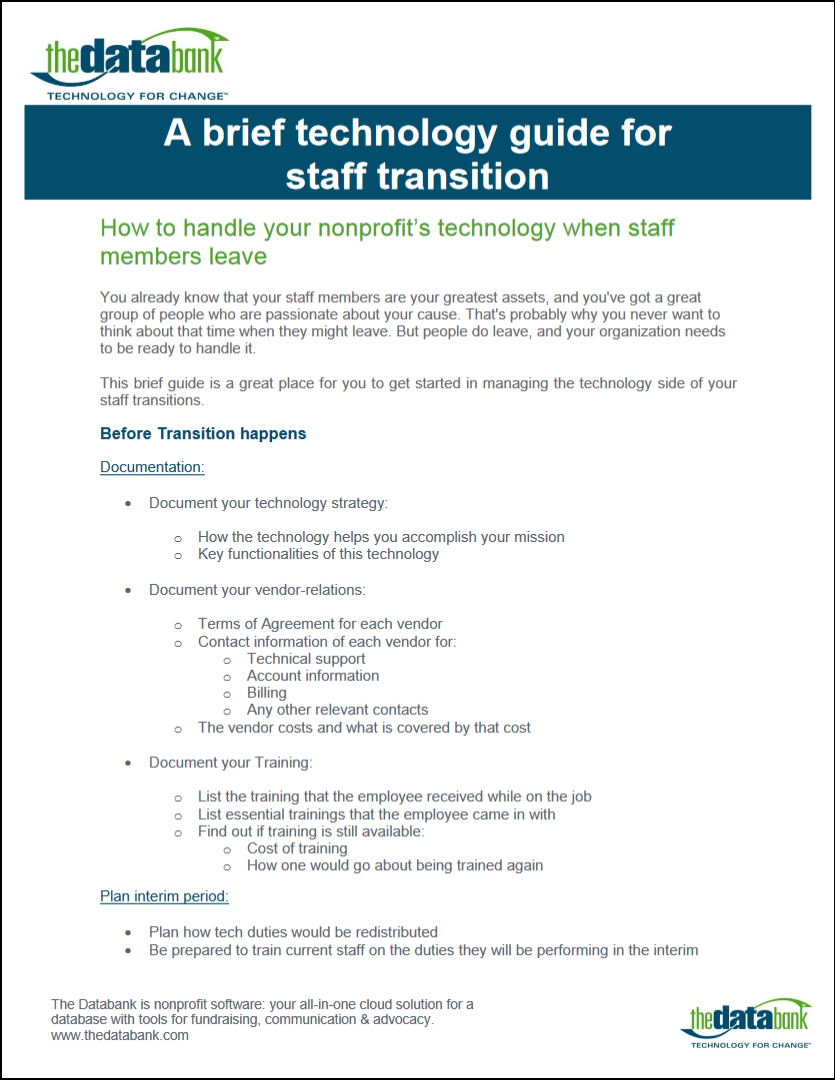

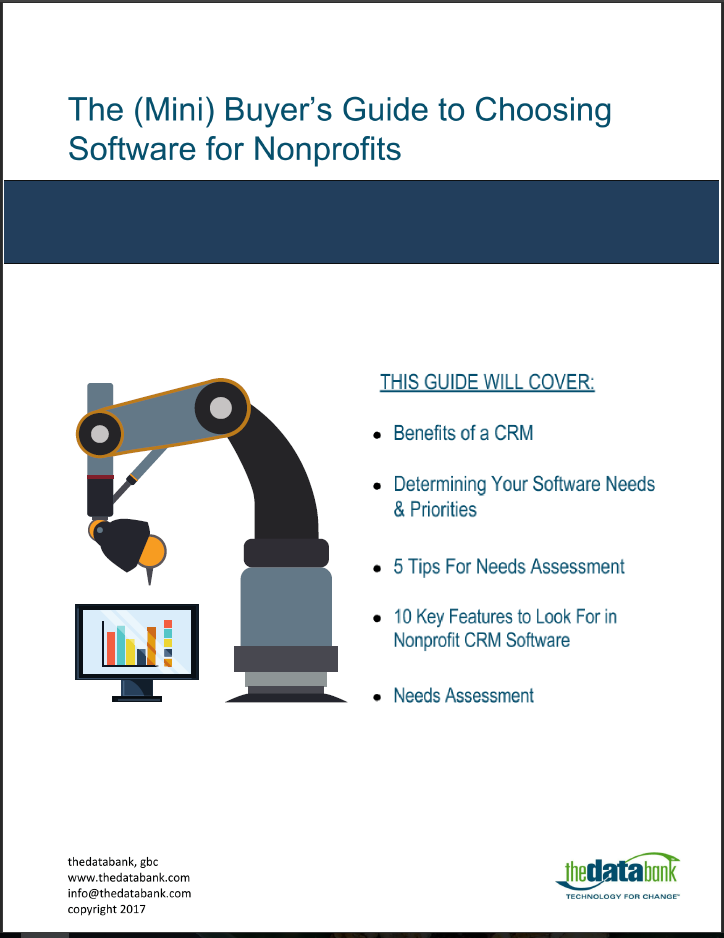
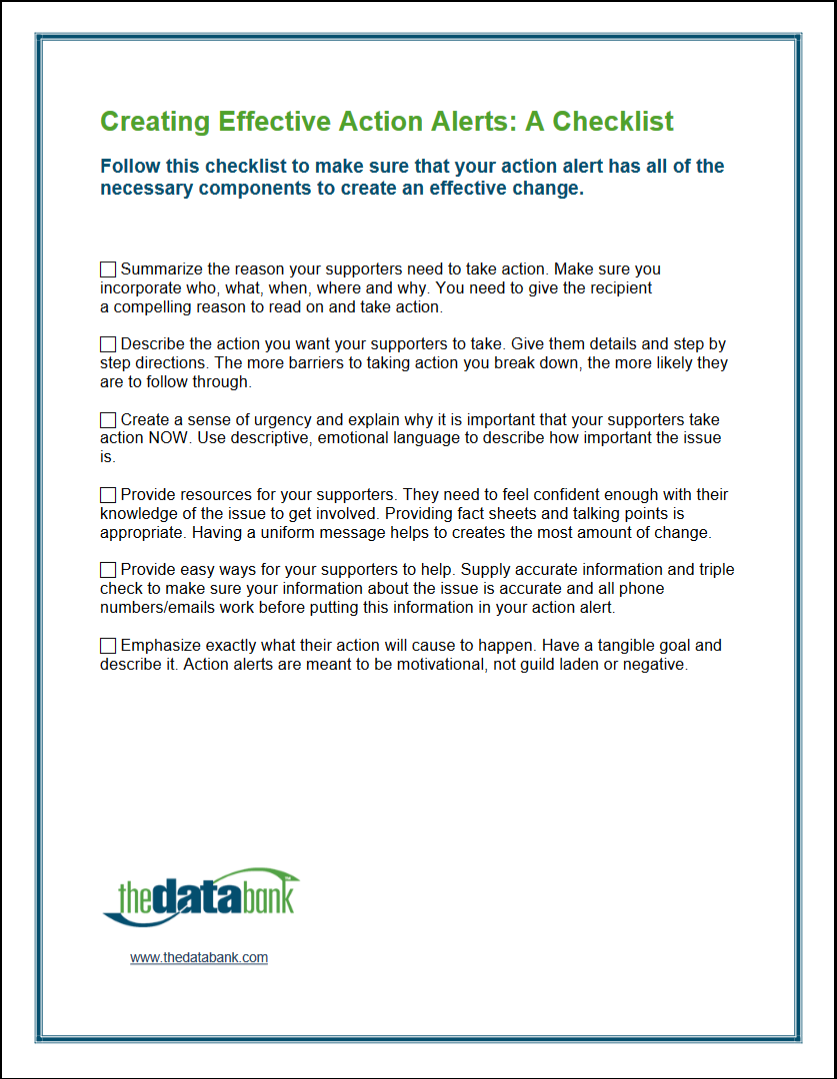

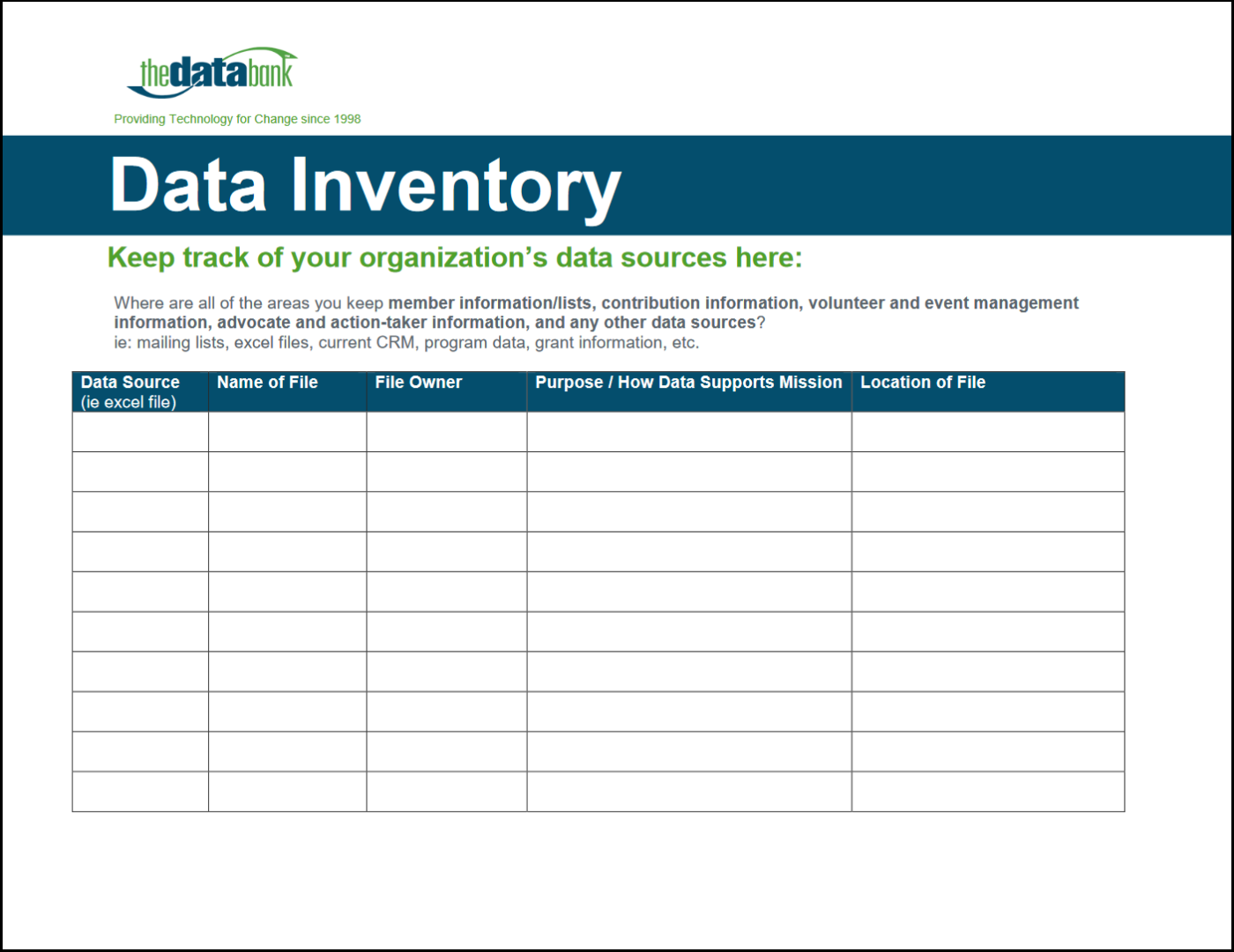

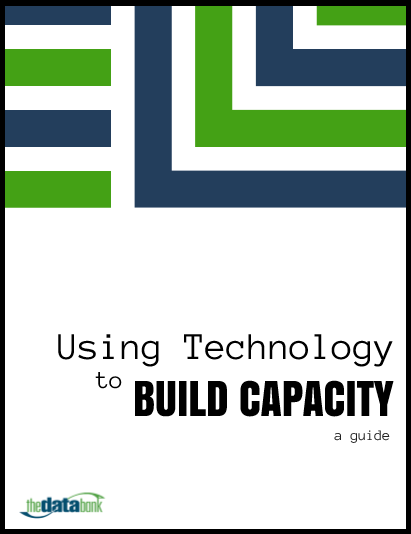
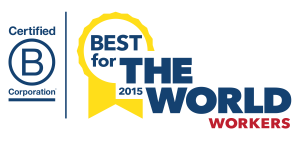

 thedatabank, gbc is technology for change, and we walk the talk.
thedatabank, gbc is technology for change, and we walk the talk. 